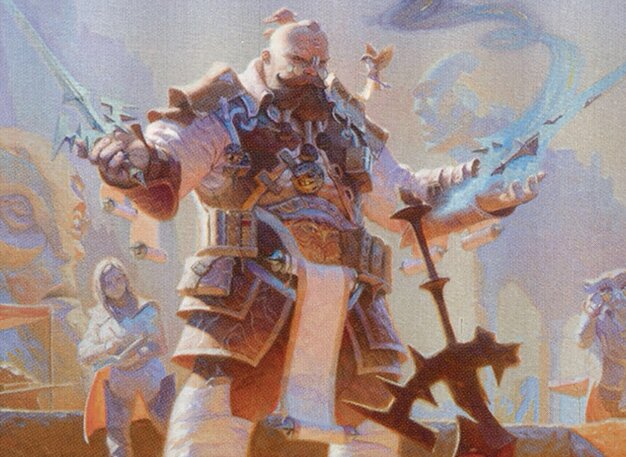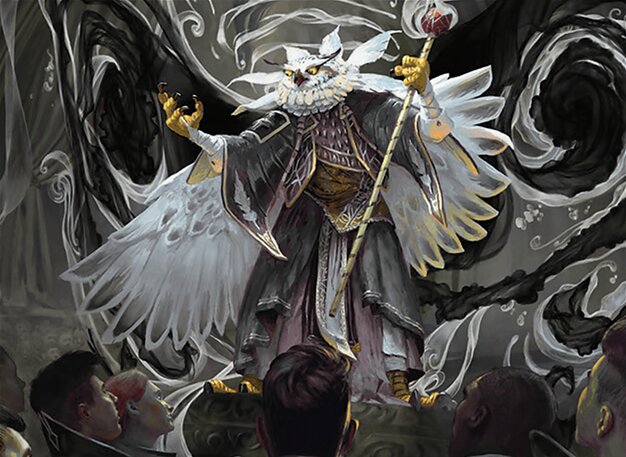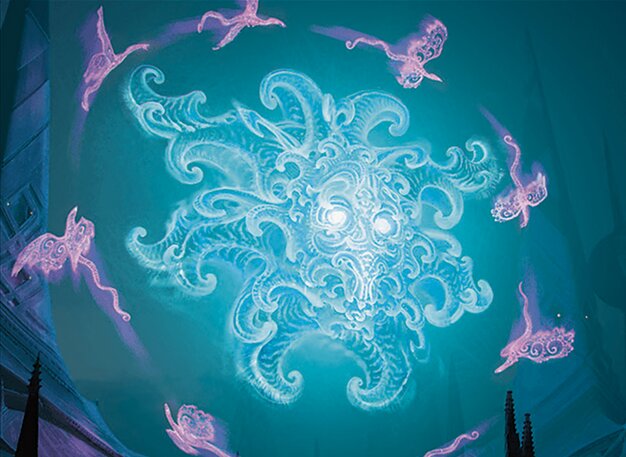Deck & Commander Strategies

Osgir, the Reconstructor
Leverages graveyard recursion, copying, and stealing creatures to generate repeated value and overwhelm opponents through resilient threats.

Breena, the Demagogue
Utilizes political manipulation and token generation to control the board and pressure opponents via wide boards and forced decisions.

Alibou, Ancient Witness
Focuses on artifact synergies, producing thopters and applying incremental damage through pings to chip away at opponents while maintaining board presence.

Esix, Fractal Bloom
Employs ramp and fractal token generation to grow creatures and maintain card advantage, using exploration effects to fuel a snowballing board state.
Gameplay Insights
- 1
Osgir's ability to reanimate and copy creatures from the graveyard created a resilient and recurring threat engine that proved pivotal in mid to late game.
- 2
Breena's political and token strategies maintained board pressure but struggled to keep pace with Osgir's recursion and value generation.
- 3
Alibou's artifact pings offered consistent incremental damage but required precise timing and synergy to impact the game effectively.
- 4
Esix capitalized on ramp and fractal synergies to maintain card advantage, though the deck needed more board interaction to counter Osgir's growing threats.
- 5
The game turned decisively when Osgir established multiple copies of key creatures, disrupting opponents' tempo and enabling a late-game win through overwhelming board presence.
Notable Cards
-

Osgir, the Reconstructor
-

Breena, the Demagogue
-

Alibou, Ancient Witness
-

Esix, Fractal Bloom
Gameplay Summary
The game began with four players piloting distinct 2021 Commander decks, each showcasing unique strategies aligned with their commanders.
Osgir, the Reconstructor focused on graveyard interactions, reanimating and copying creatures to leverage synergy and value from the graveyard.
Breena, the Demagogue aimed to control the board through political manipulation and token generation, enhancing her board presence and pressuring opponents.
Alibou, Ancient Witness operated an artifact-centric strategy, producing thopters and applying incremental damage via pings and artifact synergies.
Esix, Fractal Bloom pursued a Simic-based fractal and ramp strategy, exploring and generating value with +1/+1 counters and card advantage.
Early gameplay involved developing board states, with incremental threats and utility spells setting the stage for mid-game interactions. As the game progressed, Osgir's graveyard recursion and copying capabilities became a pivotal factor, enabling repeated value generation from key creatures.
Breena's political tactics and token swarm pressured opponents, forcing difficult decisions and shifting the game's momentum.
Alibou's artifact tokens and pinging created a persistent source of damage and board presence, while Esix leveraged ramp and fractal synergies to maintain card advantage and growth.
A critical turning point occurred when Osgir capitalized on graveyard recursion combined with copying effects to overwhelm the table, disrupting opponents' plans and swinging the tempo.
The game culminated with Osgir's build establishing dominance through resilient board states and recursive threats, ultimately securing victory by out-valuing and out-tempoing the opposition.






























![This Time, It's Personal! [Commander VS] | Magic: the Gathering Commander Gameplay thumbnail](https://i.ytimg.com/vi/VibCoKEPrWU/sddefault.jpg)






